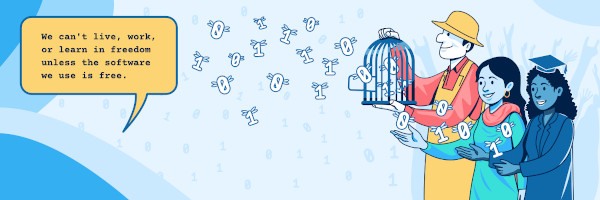xcam(1)
NAME
xcam - a graphical camera frontend for SANE
SYNOPSIS
xcam [--buffer|-B] [--version|-V] [--help|-h]
DESCRIPTION
xcam provides a graphical user-interface to control an image acquisition device such as a flatbed scanner or a camera. It allows scanning individual images and can be invoked directly from the command-line. xcam acts as a stand-alone program that saves acquired images in a suitable PNM format (PBM for black-and-white images, PGM for grayscale images, and PPM for color images). xcam accesses image acquisition devices through the SANE (Scanner Access Now Easy) interface. The list of available devices depends on installed hardware and configuration. xcam presents a menu listing of all known and available devices.
OPTIONS
If the --Buffer (-B) option is given, xcam will use a 1024 kByte input
buffer instead of the default 32 kByte.
If the --version (-V) option is given, xcam will output its version
number.
The --help (-h) flag prints a short summary of options.
SANE_DEBUG_XCAM
This environment variable controls the debug level of xcam.
Higher debug levels increase the verbosity of the output.
Value Descsription
0 print fatal errors
1 print errors
2 print warnings
3 print information messages
4 print everything
Example:
SANE_DEBUG_XCAM=3
FILES
$HOME/.sane/xcam/devicename.rc
For each device, there is one rc-file that holds the saved
settings for that particular device. Normally, this file should
not be manipulated directly. Instead, the user should use the
xcam interface to select appropriate values and then save the
device settings using the "Preferences->Save as default
settings" menubar entry.
SEE ALSO
sane(7), xscanimage(1), scanimage(1), sane-dll(5) and the backend manpages
AUTHOR
David Mosberger-Tang
Gerard Klaver (2005 update)
19 February 2008 xcam(1)
Opportunity
Personal Opportunity - Free software gives you access to billions of dollars of software at no cost. Use this software for your business, personal use or to develop a profitable skill. Access to source code provides access to a level of capabilities/information that companies protect though copyrights. Open source is a core component of the Internet and it is available to you. Leverage the billions of dollars in resources and capabilities to build a career, establish a business or change the world. The potential is endless for those who understand the opportunity.
Business Opportunity - Goldman Sachs, IBM and countless large corporations are leveraging open source to reduce costs, develop products and increase their bottom lines. Learn what these companies know about open source and how open source can give you the advantage.
Free Software
Free Software provides computer programs and capabilities at no cost but more importantly, it provides the freedom to run, edit, contribute to, and share the software. The importance of free software is a matter of access, not price. Software at no cost is a benefit but ownership rights to the software and source code is far more significant.
Free Office Software - The Libre Office suite provides top desktop productivity tools for free. This includes, a word processor, spreadsheet, presentation engine, drawing and flowcharting, database and math applications. Libre Office is available for Linux or Windows.
Free Books
The Free Books Library is a collection of thousands of the most popular public domain books in an online readable format. The collection includes great classical literature and more recent works where the U.S. copyright has expired. These books are yours to read and use without restrictions.
Source Code - Want to change a program or know how it works? Open Source provides the source code for its programs so that anyone can use, modify or learn how to write those programs themselves. Visit the GNU source code repositories to download the source.
Education
Study at Harvard, Stanford or MIT - Open edX provides free online courses from Harvard, MIT, Columbia, UC Berkeley and other top Universities. Hundreds of courses for almost all major subjects and course levels. Open edx also offers some paid courses and selected certifications.
Linux Manual Pages - A man or manual page is a form of software documentation found on Linux/Unix operating systems. Topics covered include computer programs (including library and system calls), formal standards and conventions, and even abstract concepts.
